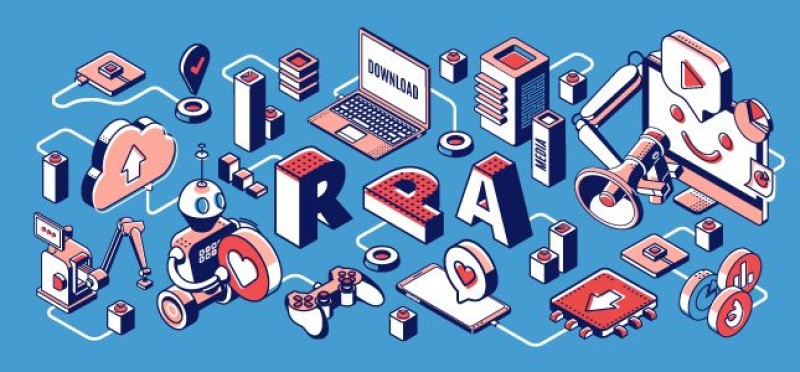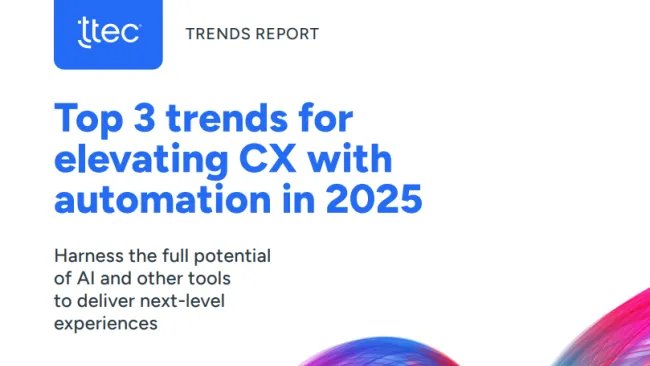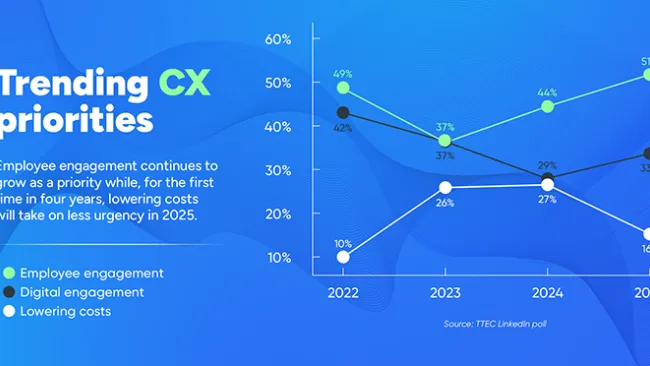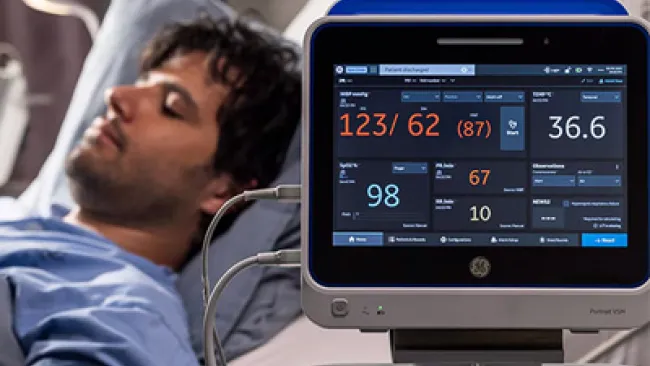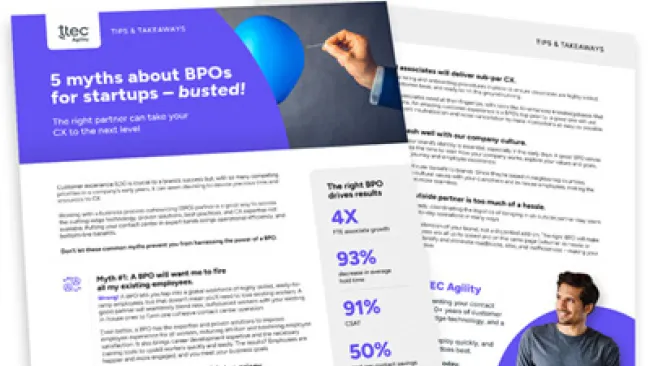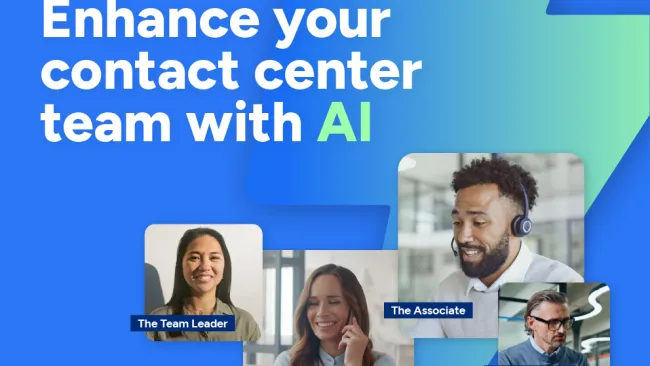At a time when customers want great experiences at an increasingly faster pace, automation plays a crucial role in helping brands deliver.
When done right, automation creates effortless experiences for employees and customers alike. And, while some customer service associates may initially fear automation – perhaps worrying it will take over part or all of their job – smart automation actually prepares employees with the tools they need so they’re ready to hit the ground running when volume surges hit.
Robotic process automation, or RPA, which uses automated tools and software to complete repetitive and simple manual tasks, is quickly gaining popularity in both front and back offices. It streamlines operations and frees customer-facing employees up to focus on more meaningful interactions with customers. In short, it’s helping brands work smarter, not harder.
But which one is the right choice: attended RPA, where applications work in tandem with associates; or unattended RPA, which needs no human interaction once it's up and running? Most likely, the answer is: both.
It’s important to know the value each brings to a brand and the best ways to use them to complement each other.
Streamlining Efficiency
Both attended and unattended RPA can take many mundane tasks off associates’ plates, letting them focus on other priorities.
With unattended RPA, software with artificial intelligence and machine learning handles common, high-volume, repetitive tasks such as invoice processing, claims management, and patient scheduling. In short, it refers to bots that imitate human tasks. Once an unattended RPA program is running, no further human interaction is required.
With attended RPA, the same sort of behind-the-scenes task handling is automated, but the information gleaned from that process is eventually handed off to an associate who uses it during customer interactions.
When it comes to attended vs. unattended RPA, the case for each is strong. By automating simple tasks and taking them off employees’ hands, both forms of RPA help brands realize business outcomes more quickly. RPA lets associates focus on more worthwhile tasks: improving customer experience, driving bottom-line results, and reducing turnaround time – all with the capability of completing processes and requests around the clock and eliminating human error. And deployment of RPA software “bots” typically has minimal, if any, disruption to organizations.
Improved Customer Interactions
It may seem counterintuitive, but well-used RPA can actually offer customers a more human experience because associates, no longer bogged down by menial tasks, can devote their efforts to delivering higher-quality customer interactions.
Attended RPA, in particular, helps associates work faster by automating various tasks that, in the end, helps associates move the process along. By the time associates speak with a customer – by phone, email, text or in an online chat – they have the necessary information at their fingertips. This results in faster resolutions for customers, better overall experiences, and increased productivity.
Automation makes it easier for employees to go through information and resolve issues. Hassles like multiple log-in screens, forms, and call disposition processes may seem like minor inconveniences, but those things are often barriers that prevent employees from getting to the heart of a customer’s issue. Streamlining employees’ processes makes them more productive and, in the end, leads to better customer experiences.
Industries that can particularly benefit from automation run the gamut: retail, healthcare, automotive, government, communications, travel and hospitality, financial services, and insurance. And RPA can help employees across the board in an organization: customer care, sales, finance, HR, supply chain, IT, and procurement. Well thought out business process automation benefits the entire organization.
The purpose of automation isn’t to phase out humanity; it’s to make people better at what they do and deliver great customer experiences. When looking at the benefits of attended vs. unattended RPA, consider a strategy that uses – and brings out the best in – both.
To learn more about the benefits of automation, here are additional resources:
Beyond the Bot Buzz: Balance Humans and Automation: There are plenty of buzz-worthy discussions happening in the customer experience space around automation, AI, bots, and the like. But just because you can automate something, doesn’t necessarily mean you should.
A Humanized Approach to Automation Yields Positive Results: The Covid-19 pandemic thrust the necessity of automation into the spotlight. Successful brands are those which take a thoughtful, humanized approach.
3 Unique Ways Automation Is Winning Customer Moments: Some may fear that automation removes the human touch from customer interactions, but when done well, it can make for some amazing experiences.
Contact Center Automation = Good, Fast AND Valuable: Automation is a natural fit in the contact center and across the customer experience. Brands can achieve triple digit ROI from RPA and other CX automation tools.

